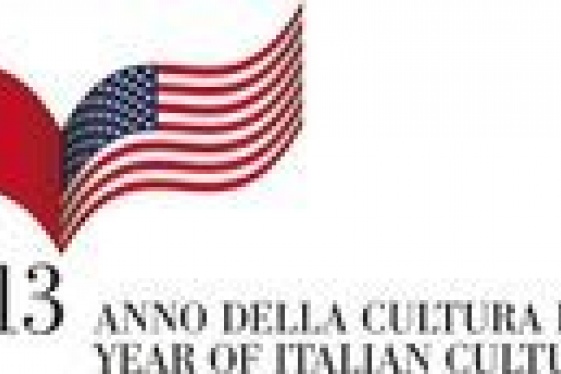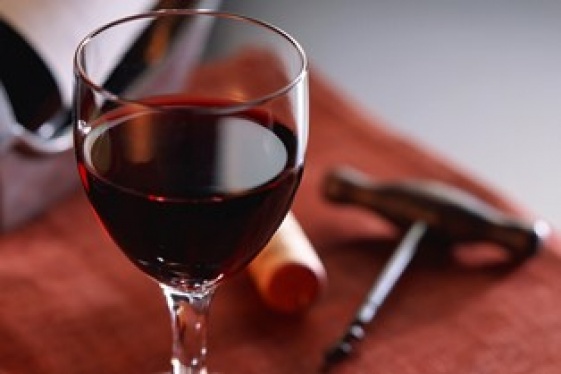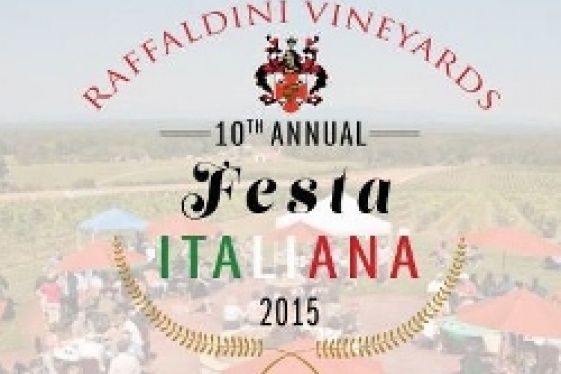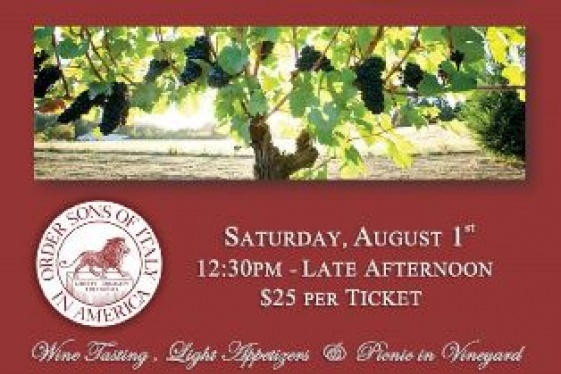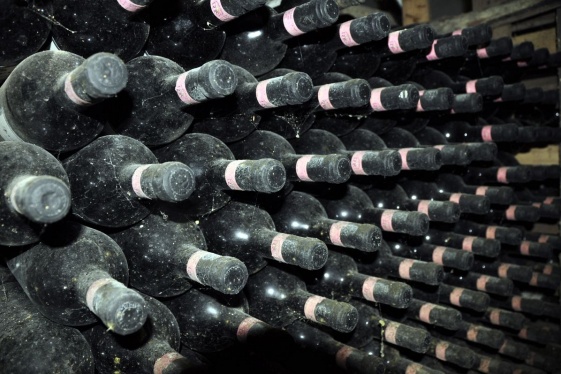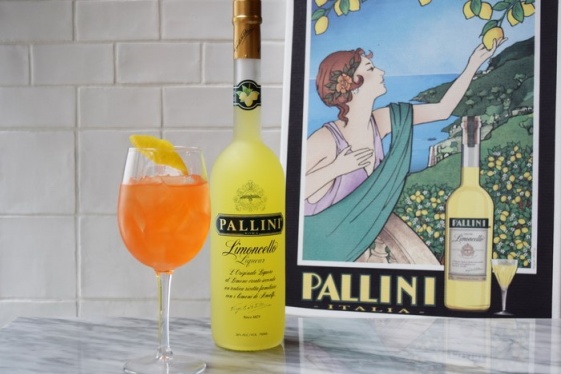

Italian "wine" is booming in the United States. Not only Prosecco, Chianti and Brunello. But also and especially low-alcohol beverages. And while in Italy people struggle to accept these labels and debate whether they should be called "wines," in the States they are gaining large slices of the market.
The numbers speak for themselves. If we refer to low alcohol products, from 7 to 2 degrees, Italy in the U.S. takes the lion's share, grabbing 70 percent of the value of sales, but it is the Americans who gain: 80 percent of the business derived from Italian grapes is in the hands of companies in the stars and stripes, who import and then resell the finished and labeled product in Italy.
To make low-alcohol products there are three paths one can follow: one can use wine as a base for flavored drinks, one can stop the fermentation of the must by keeping it low, or one can dealcolare, using specialized machinery, ready-made wine. But in our country, to date, the latter method is not allowed, although it is precisely this method that is promising from a commercial point of view,because it can intercept the health trends of consumers, who are increasingly oriented toward reducing their intake not only of alcohol but also of sugar.
Meanwhile, in the US, low alcohol wines have a global value of $943 million with 110 million bottles sold. They represent 5% of the total wine conveyed in U.S. large-scale distribution, with peaks of 50% for flavored wines. Italy boasts 70 percent of the value of wines sold and half of the volumes marketed in the States. And of the total Italian "wine" sold in the U.S. - worth $2.4 billion on the shelf - 28 percent, or 651 million, is under 7 proof. Bottles, but also cans, sold at an average price of $15.6 per liter, more than double that of U.S. products ($7), 5 percent more than the average for traditional tricolor wines. Italy among still products supplies reds (67 percent), followed by Moscato (26 percent) and rosé (6 percent). A business, however, that to date Italian companies are not handling.
You may be interested
-
A Week in Emilia Romagna: An Italian Atmosp...
The Wine Consortium of Romagna, together with Consulate General of Italy in Boston, the Ho...
-
Cooking With Italian Red Wine
Wine has a long, rich history as a cooking liquid. One of the early "cookbooks," compiled...
-
Raffaldini Vineyards' 10th Annual Festa Ital...
Saturday September 19, 11 AM/5 PM - Raffaldini Vineyards & Winery - 450 Groc...
-
Sons of Italy Wine Tasting Series
Saturday, August 1 - 12.30 EDT / Valenzano Winery - 1090 Route 206, Shamong, New...
-
Wonderful Italian Wine for Summertime 6/26 N...
The President of the Italian Wine & Food Institute cordially invite you to celebrate:...
-
'Cello Bar
When life gave them lemons, the Pallini family didn't make lemonade — they made limoncello...
-
'Entire' Italy spirits sector at risk from US...
The "entire" Italy spirits and liqueurs sector is at risk from US tariffs, wine and spirit...
-
'In the US you could never do this': How an A...
When life hands you grapes, you make wine. Writer John Henderson meets a Californian-Sicil...



